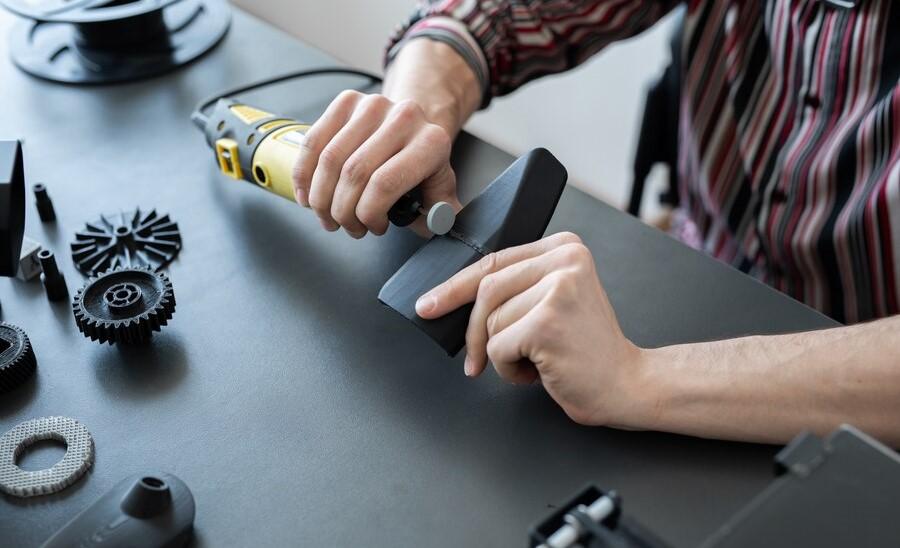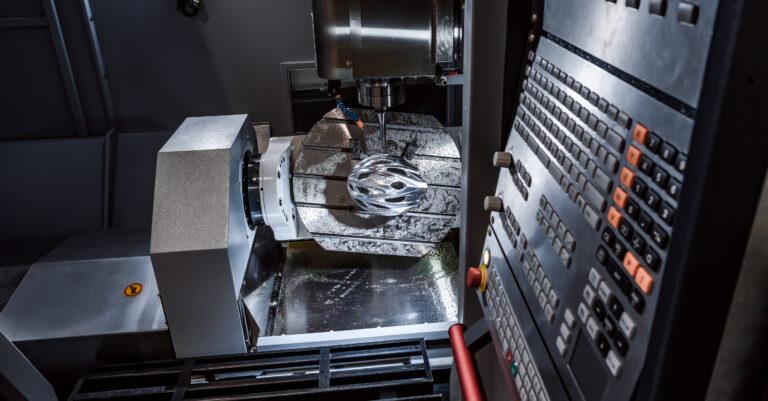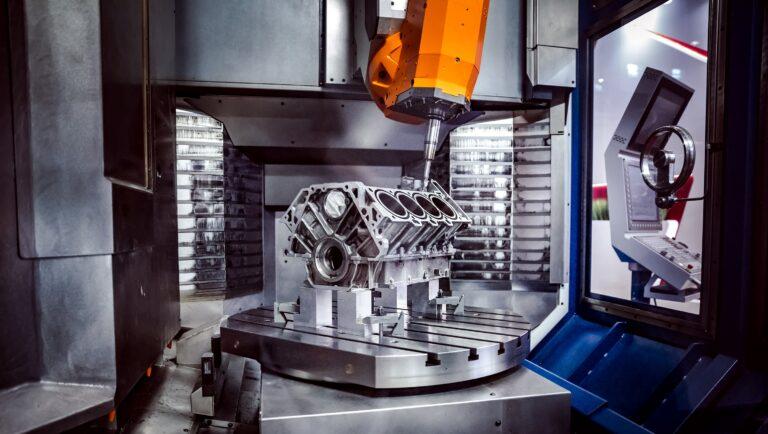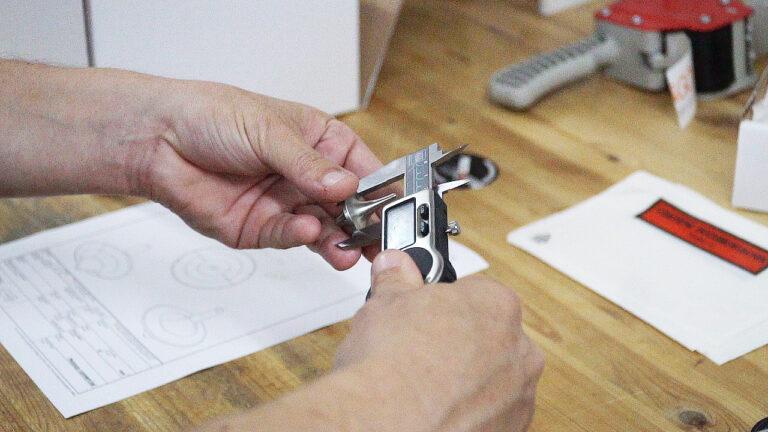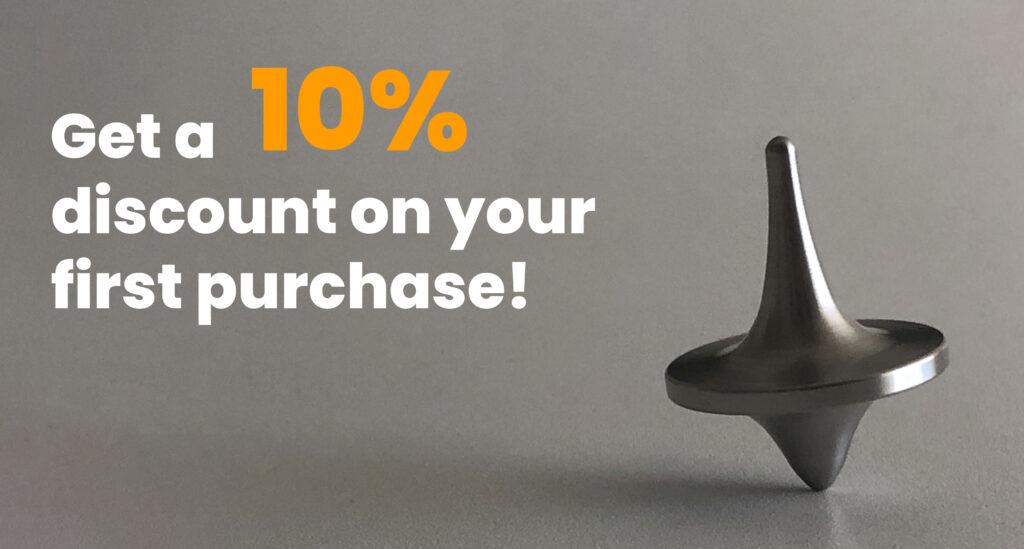Finishes in CNC machining play a crucial role in the quality and functionality of manufactured parts. From smooth, polished surfaces to specific textures, finishes not only improve aesthetics, but can also add other properties to parts such as increased strength or hardness.
In this article, we detail the different types of finishes available in Proto&Go! and their main features so that you can choose the one that best suits the needs of your project.
The different types of finishing in CNC machining
Anodizing
It is a surface finish applied to aluminum that improves corrosion, wear resistance, surface hardness and the aesthetic appearance of the parts.
It is an electrochemical technique that aims to change the surface properties of some metals. In addition, it is a very short process without the need for high investments in molds or tooling.
Polishing
Polishing achieves a smooth and shiny surface on metallic materials such as stainless steel or brass, and transparent on some plastics such as Polycarbonate or Methacrylate.
Sandblasting
It is a surface finish that consists of the mitigation of the parts, eliminating the machining marks and cleaning the surface of the metal.
The process consists of depositing the part inside a chamber where, by means of pneumatic nozzles, the surface of the part is impacted with silica spheres projected at high precision.
It is the most advisable option if you are looking to maintain a good aesthetic appearance without the need for an anodized finish.
Bluing
It is a specific steel finish with a black color that improves the surface appearance of the piece.
It consists of a treatment that, by means of chemical conversion, causes the forced oxidation of steel parts in order to improve their appearance and slightly delay their corrosion.
Zinc plating
Zinc plating is the surface coating of a metal part with a zinc bath to protect it from oxidation and, in addition, to improve its visual appearance.
Normally, this finish provides an average coating thickness of 6-12 microns, thus generating a white-gray color tone. In addition, it also offers a decorative finish that provides corrosion resistance.
Chrome Plating
It consists of a chrome plating that can be performed on plastics or metals to prevent oxidation of the parts. In addition, it also offers a decorative finish that provides resistance to corrosion.
Painting
It is a surface finish that can be applied to different materials, both plastic and metallic, so that the piece is the desired color (either in RAL or Pantone chart).
On the other hand, there are three types of paint to choose from depending on the desired finish: matte, satin or glossy.
Pigmented
In the same way as painting, pigmenting is a surface finish applied to different materials to give the part the desired color, either RAL or Pantone.
In this case, the application of the color is done while the polyurethane is liquid and, in this way, the part is manufactured directly with the desired color so that the color is not superficial, but mass colored.
Nickel Plating
Nickel plating is a nickel coating applied to metals to improve strength and aesthetic appearance.
The process involves an electrolytic bath, which is performed on certain metals, such as steel or aluminum, to improve their aesthetic appearance and increase their resistance to corrosion.
Generally, this process produces a bright silver-white color.
Finishes in Proto&Go!
At Proto&Go! we offer different finishes for both plastic and metal parts. In our finishes section you can find all the information about the different types of finishes we have.
Upload your drawings to our website, select the material and request your quote. We make sure that you receive your parts in perfect condition, thanks to our quality control department.
What are you waiting for? Request your quote now and receive a quotation in less than 24 hours!

